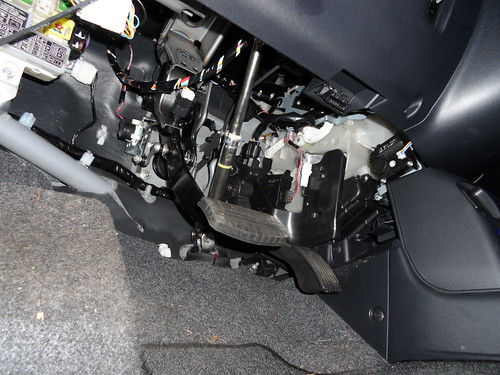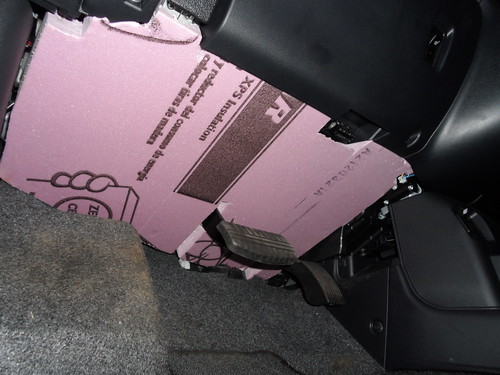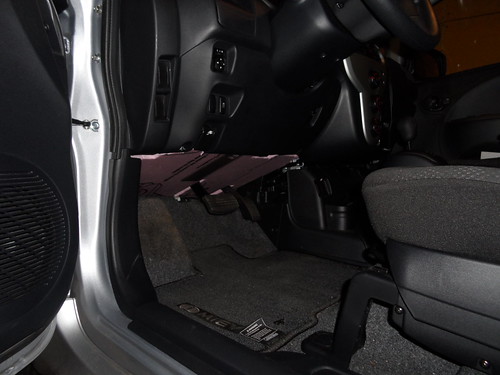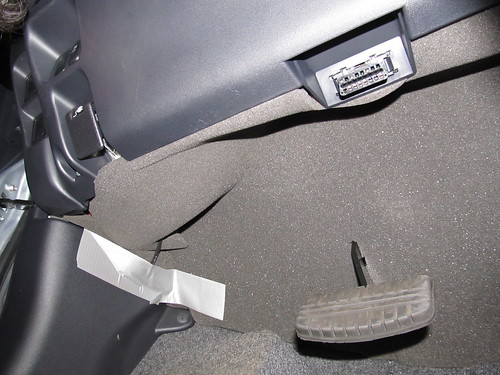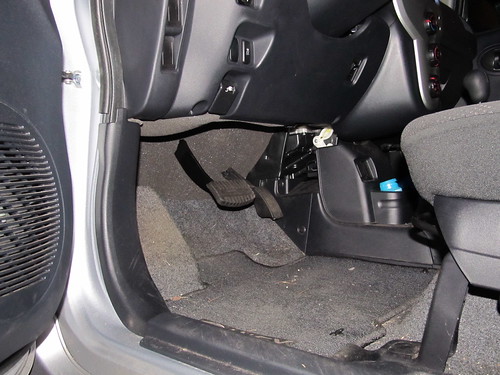Llecentaur said:
Just a thought, I have been trying the following:
Only turn on the heating when in regen. Of course this is only possible when you have long stretches, but it seems that it benefits from the regen rather than depleting the battery. Might be an option Mitsu could add as an Eco mode heating.
It's definitely more efficient to burn up regen Watts as heat rather than to put it into the battery and then pull it out a minute later as heat! I'd wager a good 20% better, and should be easily implemented with software... at the factory.
I've been thinking on what it would take to add a Prius-style coolant thermos to store more pre-heating. The Prius uses some valves that we wouldn't need if it were pumbed in series with the heater core, but there's some appeal to using quick hydraulic connectors to delete (or drain) that heat tank during summer, and drop the weight. I also thought about using some heat sink other than coolant, but there's pretty much no material that's solid or liquid at room temperature with greater specific heat than water.
http://www.engineeringtoolbox.com/specific-heat-capacity-d_391.html
At approx 4182 J/kg/degree C, and lets say we extract useful heat from water between 90 degrees C and 30 degrees, then 60 degrees * 4182 could give up 250,920 Joules per Kg.
Our batteries are rated at 80 Watt-hours per Kg, which equals 288,000 J per Kg.
With no losses, a kilo of battery makes more heat than a kilo of hot water. Figuring 10% loss from battery to hot air, and we're at 259,200 J/Kg- just barely better than hot water. Figure in 20% loss from regen to battery to hot air, and a hot water bottle is more valuable than maximized regen.
SO, a hot water bottle could be worth it's weight in battery, especially for you arctic i-MiEVers!
:idea:
This calls for a device I'll dub the
Mountain MiEV Mug. Place one insulated box (ice chest or "Igloo cooler" to Americans) full of water in the cargo area, with a small pump and a water heater element inside, a water coil and fan mounted on top, and a drain valve at the bottom. Heat the water to near-boiling overnight, and run the pump and fan while driving, until all useable heat is gone. Then drain the box (off the pavement, unless being chased by bad guys) and continue on your way with a minimized weight penalty. For summer usage, simply fill the box at the top a mountain and use the added weight for enhanced regen all the way down, but dump the water (while underway if possible) before climbing the next mountain!
:mrgreen:
:roll:

